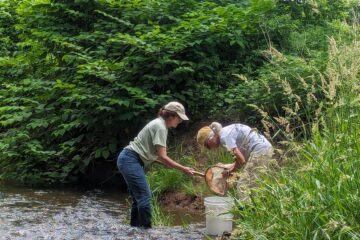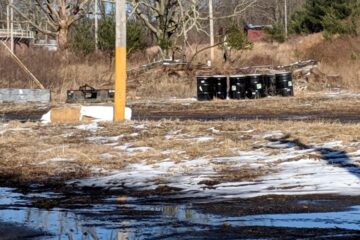A hands-on demonstration showing the importance of protecting stream banks.
Created by Lauren Theis, Director of Education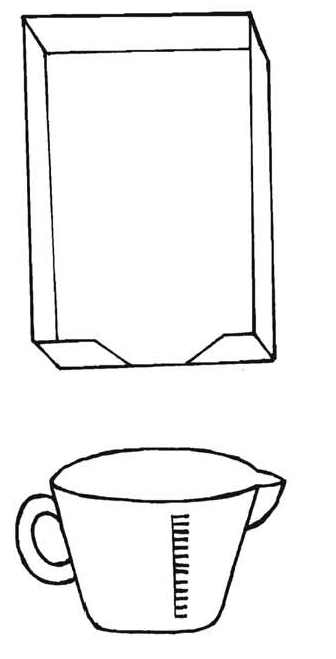
Level: Elementary to High School
Duration: 30 minutes
Setting: Inside or Backyard
Materials:
- A flat-bottomed, waterproof container (a tin cake pan works best)
- Soil
- Natural Materials such as twigs, pinecones, leaves, sticks, and moss
- Spray bottle, watering can, or large cup of water
- Books, a brick or small piece of wood
- Optional: Hair Dryer
- If doing activity inside, a plastic tablecloth and bucket or garbage bag
Background Information
Erosion is the loosening and movement of the solid material on the land surface by water runoff, wind, ice, and landslides. Wherever water flows or wind blows over unprotected soil, erosion is the result. Even on land protected by plants, some degree of natural erosion will occur. Soil continuously forms from parent material and organic matter, but soil erosion outpaces soil formation. The sediment that results from water erosion can cause a type of water pollution called turbidity. Turbidity is when water is no longer clear because it is full of suspended particulates of soil. 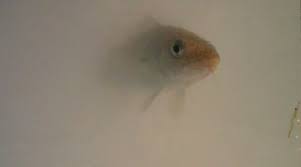 When water is turbid it looks like chocolate milk. Turbidity makes it difficult for gilled animals like fish to breath, find food, and hide from predators. Wind erosion pollutes the air and reduces air quality.
When water is turbid it looks like chocolate milk. Turbidity makes it difficult for gilled animals like fish to breath, find food, and hide from predators. Wind erosion pollutes the air and reduces air quality.
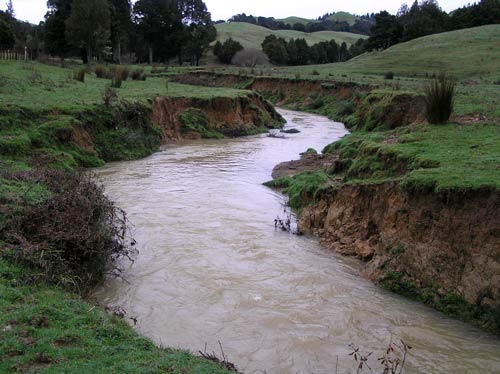
An eroded stream
Soil is important because it is where we grow our food, provides habitat for many creatures and nutrients to plants. Humans can play a part in protecting the environment by practicing mindful development when we build, preserving natural land, and keeping stream banks intact.
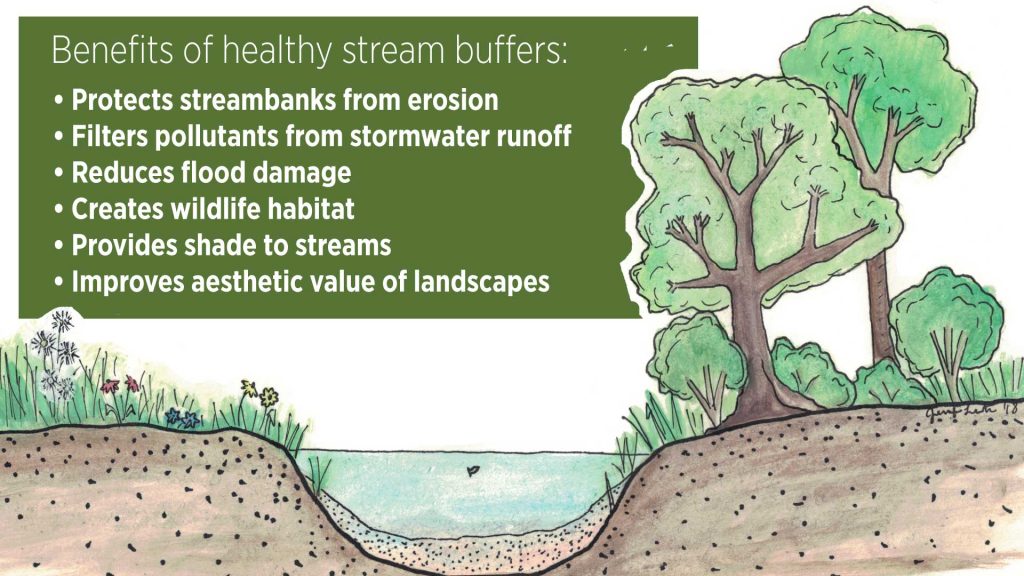
The Activity: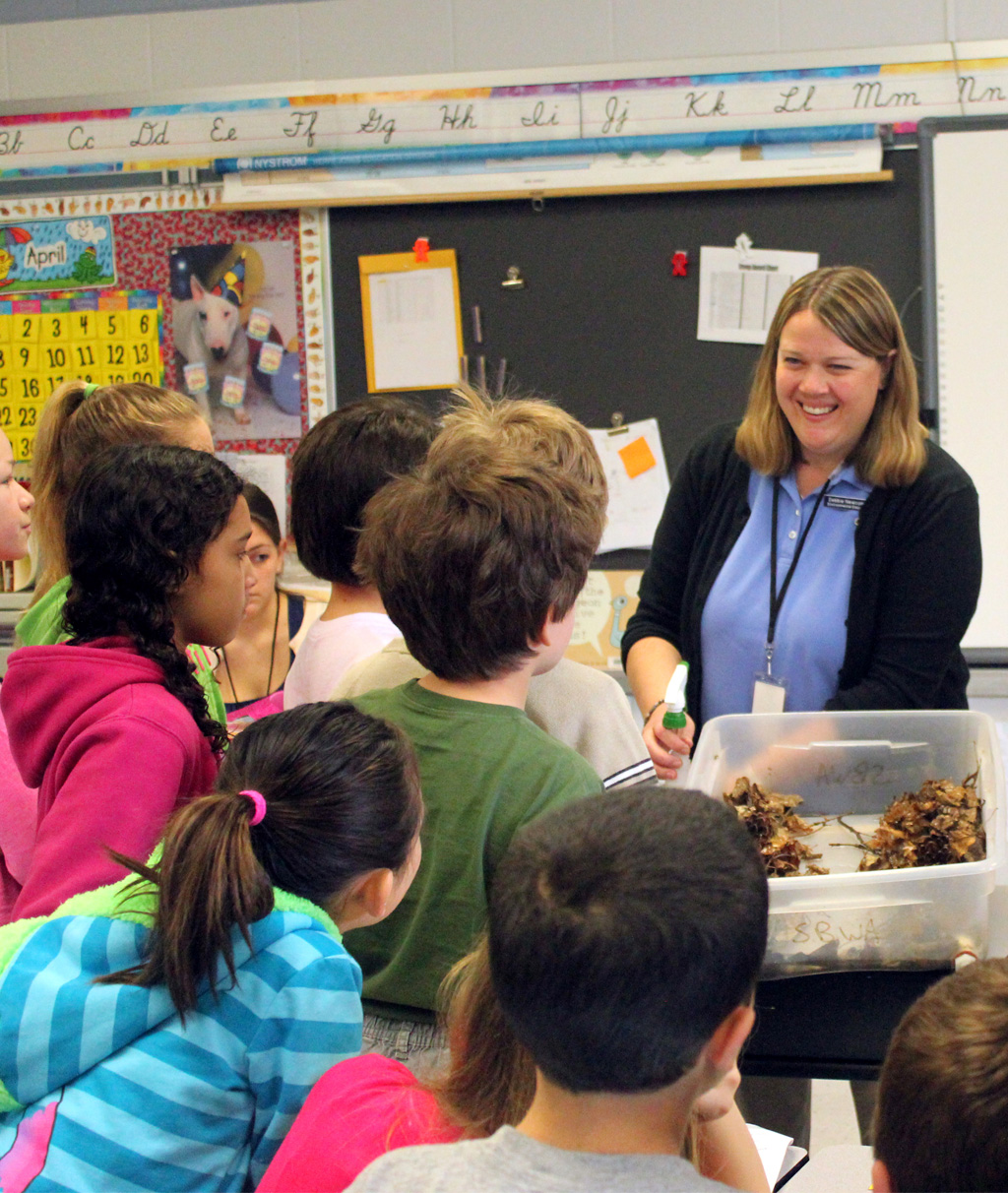
- Review the concept of soil, erosion, and water quality, as well as human impacts on the land. If available, look at photos of stream erosion on the internet.
- Fill your flat container with bare soil and carve out a “stream” through the middle. If using a tin cake pan, you can cut a V shaped notch in the bottom to allow water to flow out. This represents a stream with no protection from What do you think will happen when the wind blows, or when water flows through the stream?
- Tilt the pan by placing your book/brick/wood under one end and allow some water to flow through the stream. If you’re doing this inside, have a volunteer hold the bucket or garbage bag at the bottom of the stream in case of overflow. Does the water move (erode) easily from the stream banks?
- Next, add some vegetation to the bare soil. Allow water to flow through the stream again. Does it erode as easily from the stream banks as before? Allow children to try different configurations of “vegetation,” close to the stream, far from the stream, loosely placed on the soil or firmly pressed, with twigs and sticks stuck into the soil. What is the best configuration to protect the stream bank from eroding?
- Erosion from wind can be shown by blowing air gently on the field using your hair dryer. Always blow from about 18 inches away, toward the bucket or garbage bag.
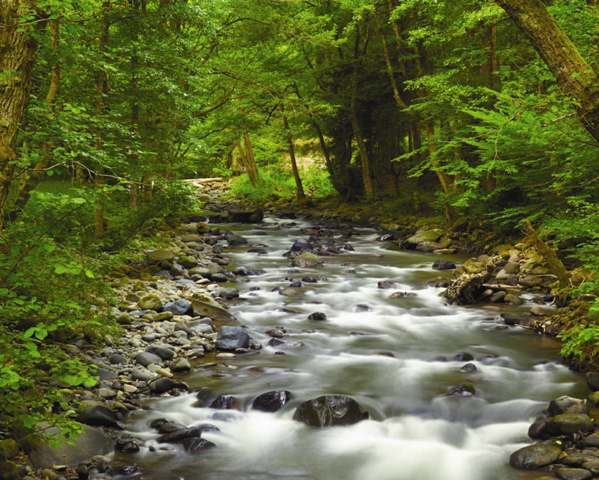
A healthy stream
Wrap Up:
- What do these results mean? The vegetation holds soil in place and protects it from wind and water, while bare soil without any vegetation is exposed to wind, rain and stream flow and therefore the most vulnerable to soil erosion.
- Take a walk around your yard and look for signs of erosion. Can you think of ways to help those areas?
Sources:
National Science Teachers Association, Dig In!
How did you like this activity? Please share any questions, comments, or photos that you and your child have on the Raritan Headwaters Learning Community Facebook Page!
More Raritan Headwaters Learning Resources

